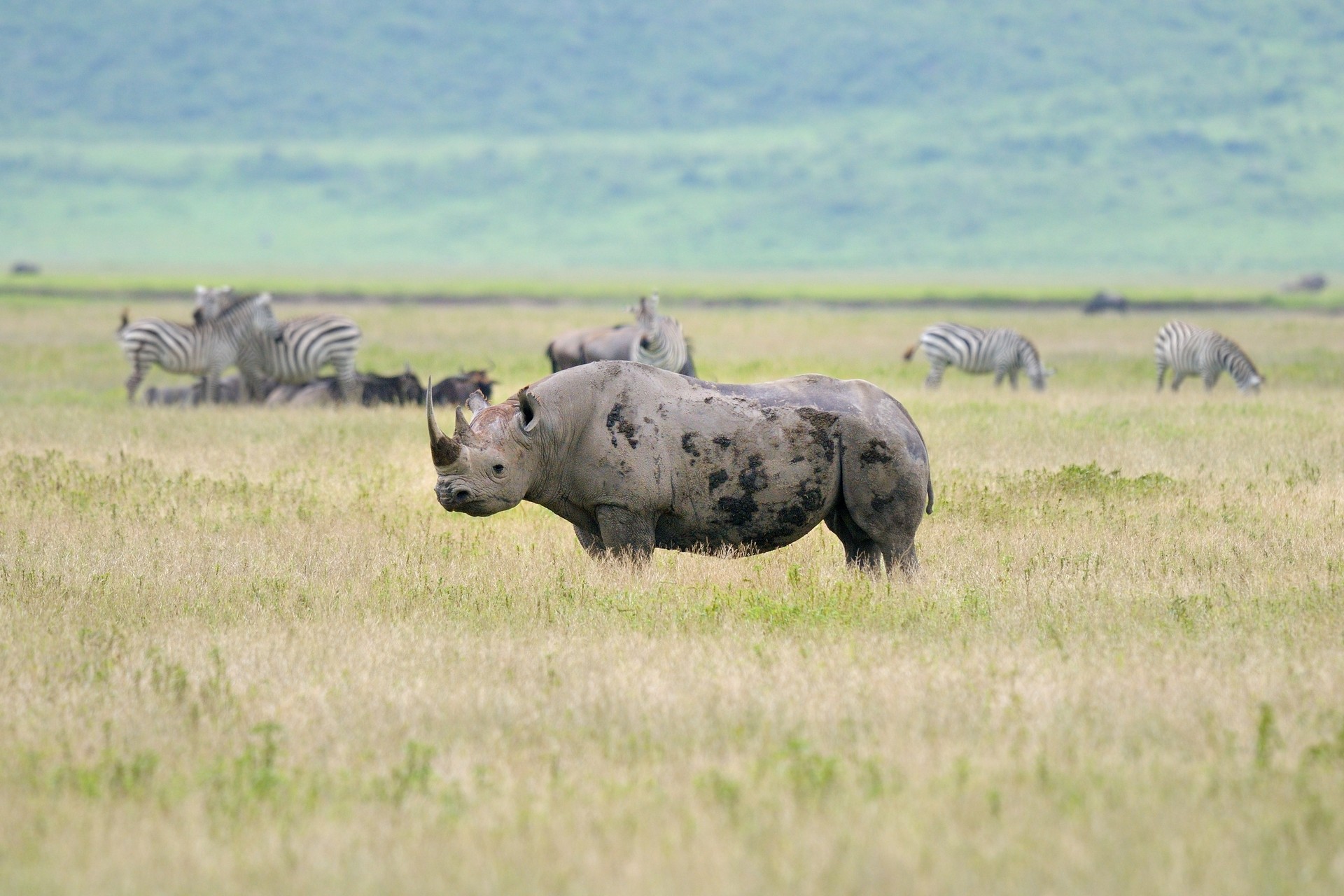Your trip to Chile: top tips from a local expert
November 10, 2025

A fascinating world of superlatives awaits in Tanzania. You could hike to Africa’s highest point, Mount Kilimanjaro, or dive down to its lowest, the floor of African Great Lake Tanganyika. You might wish to explore an effervescent blend of cultures and languages; over 100 tribes call Tanzania home, including the Maasai, whose red robes and warrior culture inspire awe in so many. Then there’s the wildlife, the pull of sighting the majestic Big Five in the wild and witnessing the Great Migration. Whatever it is you choose to add to your itinerary, wonder and excitement await at each turn. We chat to our local expert Hanson, for his personal favorites and travel tips for your Tanzania trip.
My favorite thing about living in Tanzania is the weather — beautifully shaped by the diverse landscapes, forests, and natural surroundings across the country. This connection between nature and culture makes each region feel uniquely alive. Whether I’m in the lush north, the vibrant south, the coastal east, or the remote west, I’m always discovering something new. Every area has its own rhythm, traditions, and way of life shaped by its environment. It inspires me to keep exploring — even within my own country — because no two places ever feel the same.

One thing I always recommend to anyone visiting Tanzania is to blend in some cultural experiences with their safari or nature adventure. While our wildlife is world-famous, the deeper beauty of Tanzania lies in how people and animals coexist — often in remarkable harmony. Visiting a local village or participating in a community-led activity offers insight into how respect for nature is deeply woven into our way of life.
You’ll discover how this connection shapes our values — from the way children are raised with humility and awareness, to the low incidence of human-wildlife conflict compared to other regions. It’s not just about seeing the animals, but understanding how we live alongside them — and how this mutual respect has shaped both our traditions and modern-day society.
One piece of advice I’d give someone visiting Tanzania, is to come with an open mind and a kind heart. While Tanzania is still developing, the richness of our culture, wildlife, and warm hospitality more than makes up for any small inconveniences. Be patient with technical matters and embrace the pace of life here — things may not always run on the same schedule you’re used to, but with the right local guidance (like from us!), everything always works out beautifully. That’s part of the magic of being on safari in Africa.
Read more: The best things to do in Tanzania

The Serengeti and the Great Migration: the Serengeti is more than a destination — it’s a living, breathing wilderness. Watching the Great Migration, as over a million wildebeest and zebras move across the plains in search of fresh grass, is one of the most powerful natural spectacles on Earth. Whether you witness a dramatic river crossing or a calm sunrise over endless plains, the experience connects you to nature on a primal level. Traveling with a good guide also helps avoid crowded areas, giving you a more intimate encounter with the wildlife.
Ngorongoro Crater: known as Africa’s “Eden”, this ancient volcanic caldera shelters nearly every species of East African wildlife, including the rare black rhino. It’s one of the few places you can spot the Big Five in one day. But beyond the game drive, the Ngorongoro Conservation Area is a place of cultural significance, where the Maasai people continue to live in harmony with nature. Their presence adds a layer of authenticity and teaches visitors about a way of life that respects land, animals, and community.

A cultural experience with the Hadzabe tribe: voted one of the most unique and enriching cultural experiences in Africa, visiting the Hadzabe hunter-gatherers near Lake Eyasi offers a glimpse into one of the oldest human ways of life. You’ll learn how they track animals, make fire without matches, and live entirely off the land — skills passed down for tens of thousands of years. The experience is not only eye-opening, but also humbling. It reminds us of our shared human roots and the diversity of life that still exists in Tanzania.
As a bonus, I’d also recommend Zanzibar and learning about Swahili coast culture: after the wilderness, Zanzibar provides a beautiful contrast — white sand beaches, spice plantations, and the charm of Stone Town, a UNESCO World Heritage Site. The Swahili culture here is a rich fusion of African, Arab, and Indian heritage. Exploring the island allows you to unwind while still experiencing deep history, warm hospitality, and unforgettable cuisine.

The best time to visit Tanzania depends on what kind of experience you’re looking for — and the beauty of this country is that it offers something incredible year-round:
For those interested in more cultural or community-based experiences, consider the shoulder months (late March, early June, or late October), which balance good weather, better rates, and fewer crowds.
Tanzania is a year-round destination — when you go just depends on your travel style.
Read more: A nature-lover’s paradise: wildlife in Tanzania

Tanzania’s food culture is as diverse and flavorful as its landscapes — and trying local dishes is one of the best ways to connect with the people and culture here. While there are many amazing options, here are some standout dishes every visitor should try:
These dishes aren’t just delicious — they tell stories of Tanzania’s regions, cultures, and hospitality. Food here isn’t rushed; it’s shared, savored, and made with heart.

Our local experts are ready and waiting to help you plan an unforgettable Tanzania trip. Get in touch with them today and start dreaming of a Tanzanian adventure, entirely tailor-made to suit your needs!
Explore all featured destinations
Join our mailing list for travel inspiration, trip recommendations, and insights from our local experts.